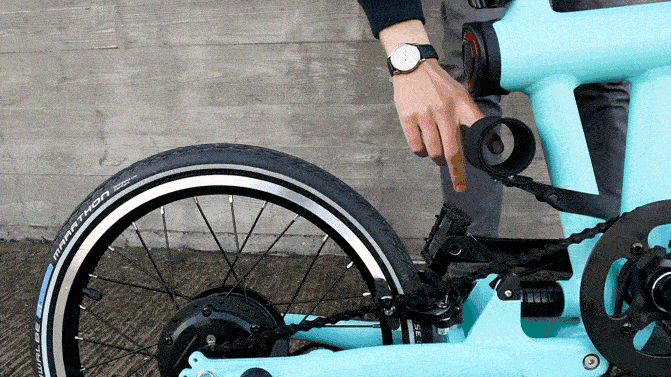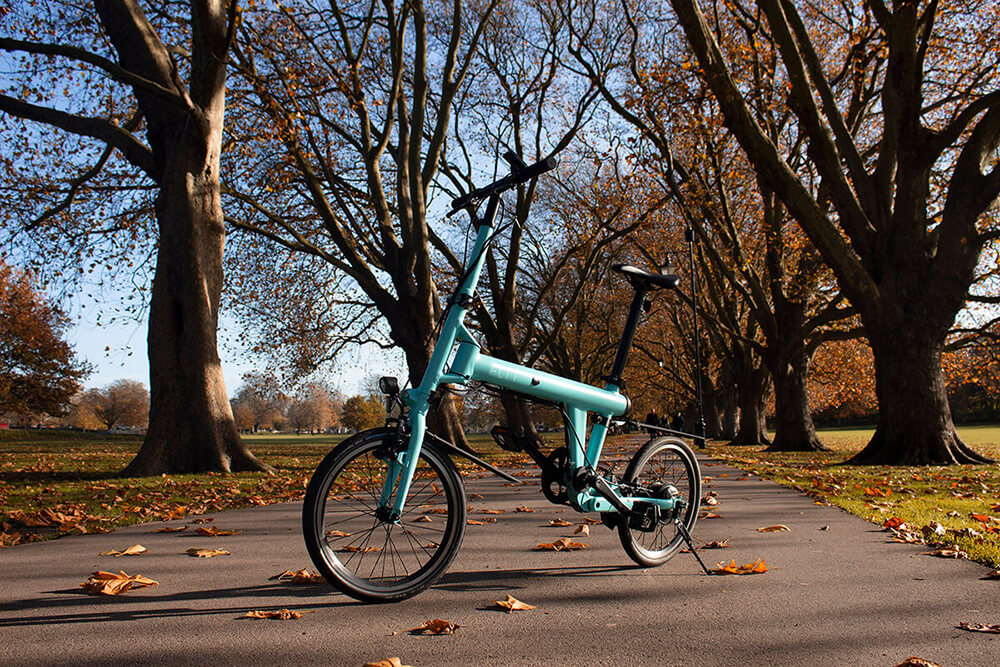Hi all,
Dave here from FLIT. Glad to hear you like the bike Freddy and sorry for any confusion!
We used this particular motor for a few reasons;
- it's made by Bafang who have a good reputation and good spare parts availability
- it was (and I believe still is) Bafang's lightest rear hub motor
- it has an unusually narrow OLD (120mm instead of the common 135mm) which helps when designing for a compact fold
- it has a 9T casette driver (like the type you'd find on a BMX) instead of the more common 13T freewheel which means we don't need such a large chain wheel to get a decent number of gear inches (less weight & better for fold design)
As other posters have mentioned, the 220W rating is the continuous power, not the peak power. The peak power is limited by the controller. In our case, the controller max current to 13A, so power peaks at 13*36= 468W.
So does this mean that a 250W Bafang motor will have better hill-climbing ability than our 220W motor? Yes and no. On a bench test, the 250W motor will almost certainly have higher torque but in real world riding other factors come into play.
Most of the weight of bike plus rider is acting over the rear wheel and this further increases on inclines - the steeper the incline, the less weight on the front wheel. To account for situations where the rider is on a steep incline with little traction (wet road + slick tires), we would have to be careful about how much current we send to a front wheel motor. With the motor on the rear wheel we don't have this limitation - the steeper the hill, the more weight on the rear wheel - so we can drive a rear hub motor and max controller current (i.e. max torque) without worrying about wheel slip.
I've probably rambled on enough already, but it was actually myself nearly flying off a front hub ebike whilst going over a steep bridge during early testing that convinced me we needed to design around a rear hub motor!
In conclusion, yes it's a small motor, but we don't restrict it so it performs surprisingly well on steep climbs. Probably the steepest I've tried personally was Constitution Hill in Bristol;
Freddy, if you're anywhere near Cambridge or London please let us know - I'd love for you to test ride the bike and answer any questions you have in person.
Thanks for your interest,
Dave
FLIT Co-founder








